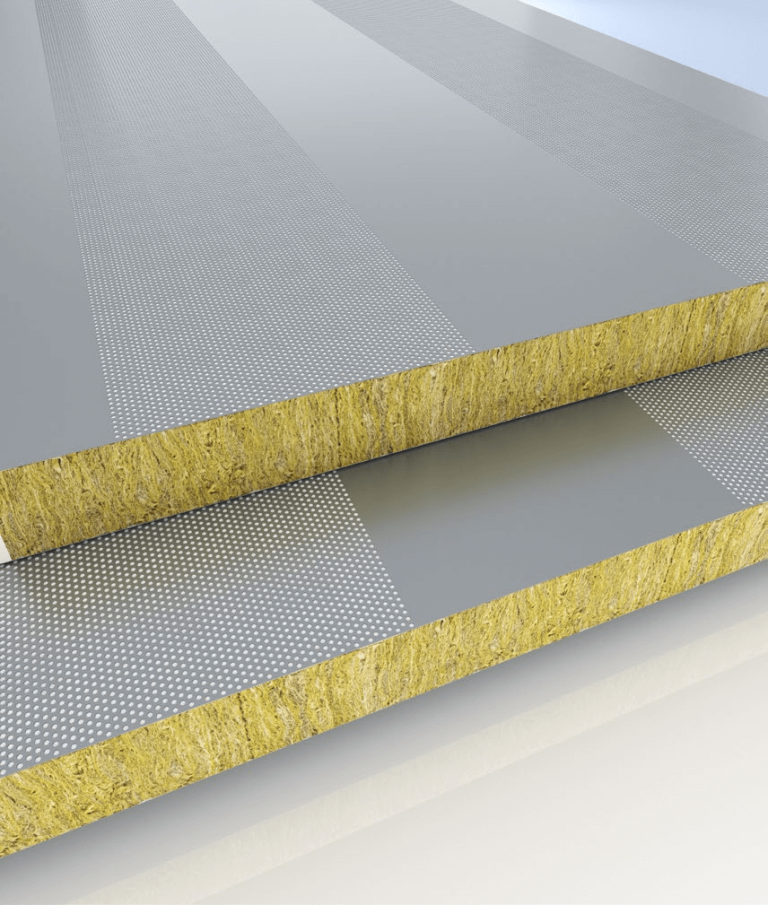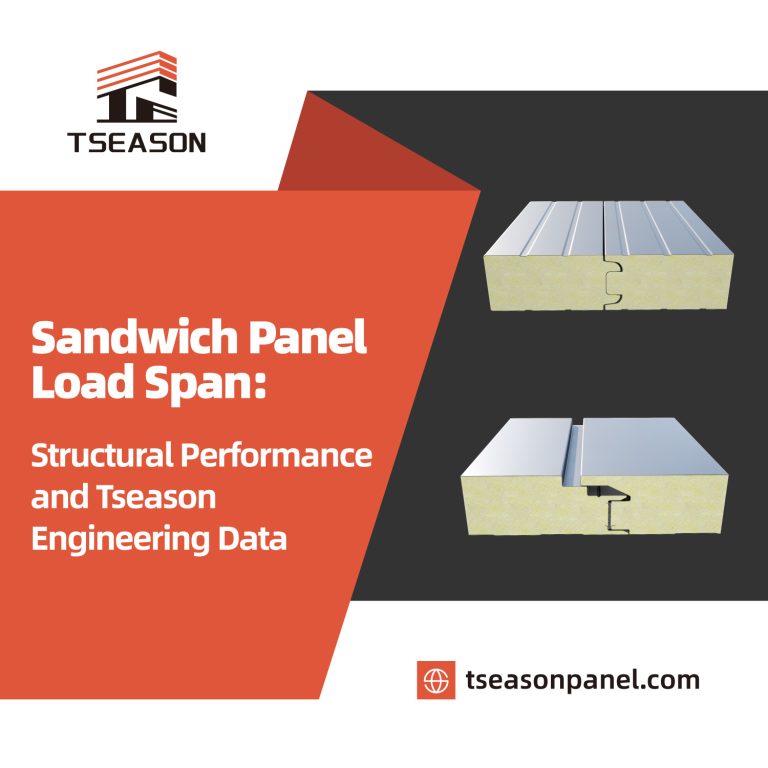Cam Lock Cold Storage Panels vs Slip Joint Cold Storage Panels: Which is More Suitable for Your Cold Storage Project?
Cold storage facilities serve as core infrastructure within modern food, pharmaceutical, chemical, and cold chain logistics systems. Their performance and operational stability directly determine the safety and freshness of stored goods. A fundamental component of these facilities is the cold storage panel.
Cold storage panels not only provide thermal insulation but must also possess fire-resistant, moisture-proof, corrosion-resistant, and durable properties. This combination of properties ensures efficient and stable operation over extended periods. With industry advancement, cold storage panel varieties have diversified, with Cam Lock panels and Slip Joint panels emerging as the two most widely adopted types.
This article comprehensively analyzes the advantages and disadvantages of these two panel types across multiple dimensions—structure, performance, application, and cost—while leveraging Tseason's technical expertise in cold storage panels to provide professional selection recommendations for diverse project requirements.
Cam Lock Cold Storage Panel Detailed Analysis
Structural Design
Cam Lock cold storage panels employ a tongue-and-groove + pin-and-hook design. Each panel is assembled and secured via pre-installed metal locking mechanisms, facilitating straightforward installation. Connection is achieved by simply rotating a wrench to secure the panels during assembly, significantly reducing construction timelines.
Material Composition
- Facing: Typically galvanised steel or color-coated steel, optionally finished with a PVDF coating for enhanced corrosion resistance.
- Core: Primarily polyurethane (PU), offering low thermal conductivity and superior insulation properties.
Performance Advantages
- Rapid Installation: Requires minimal worker experience, substantially reducing labour costs.
- High Flexibility: Facilitates easy dismantling and replacement for future expansion or modification of cold storage facilities.
- Simple Maintenance: Damaged panels can be individually replaced without compromising the overall structure.
- Superior Thermal Insulation: Low thermal conductivity of 0.022 W/(m·K) effectively minimises cold loss.
- superior fire resistance: Meets Class B1 fire standards, suitable for food and pharmaceutical industries.
Applications
Cam Lock cold storage panels are ideally suited for small to medium-sized projects, such as:
- Supermarket and catering industry refrigeration/freezing facilities
- Small-scale food processing workshops
- Hospital pharmaceutical cold rooms and blood storage facilities
- Laboratory and research institutions’ cryogenic storage facilities
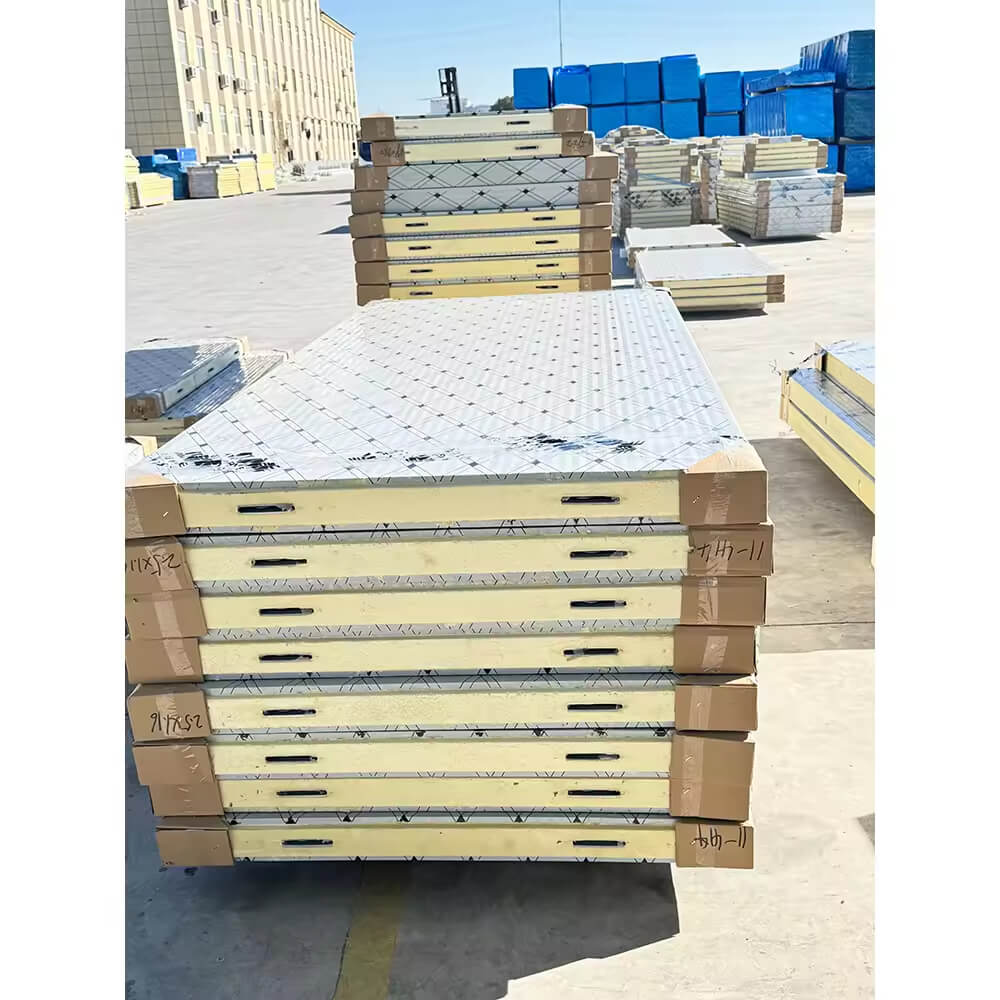
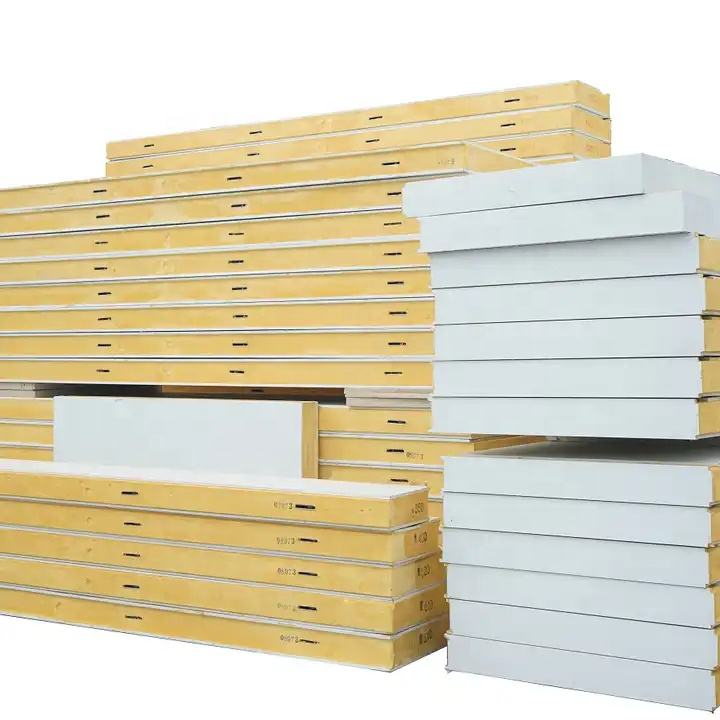
Slip Joint Cold Storage Panel Detailed Analysis
Structural Design
Slip Joint cold storage panels employ a tongue-and-groove sliding joint assembly. Panels interlock via high-precision tongue-and-groove structures, forming a tight seal that virtually eliminates air leakage and thermal bridging.
Material Composition
- Facing: Color-coated steel, galvanised steel, or aluminium sheets, available with multiple surface coatings to suit diverse environments.
- Core: Polyurethane (PU) or Polystyrene (EPS). High-density materials ensure superior load-bearing capacity and thermal insulation.
Performance Advantages
- Exceptional Thermal Insulation: High joint density minimises cold loss, delivering significant long-term energy savings.
- High Structural Strength: Superior load-bearing capacity compared to Cam Lock systems, suitable for large-span and high-volume projects.
- Moisture-Resistant Durability: Internal panels feature robust waterproofing and moisture resistance, preventing condensation and mould growth.
- High Airtightness: Seamless joints minimise thermal bridges, ensuring stable internal temperatures.
- Low Maintenance: Exceptional longevity makes it ideal for industrial-grade cold stores requiring continuous operation.
Application Areas
Slip Joint cold storage panels are suitable for medium to large-scale cold storage projects, such as:
- Cold chain logistics distribution centres
- Large-scale food processing and warehousing facilities
- Vaccine and pharmaceutical storage and transport bases
- Long-term industrial cold storage facilities


Cam Lock vs Slip Joint Cold Storage Panels: Multi-dimensional Comparison
| omparison Dimension | Cam Lock Cold Storage Panels | Slip Joint Cold Storage Panels |
|---|---|---|
| Installation Ease | Snap-lock design enables rapid installation; suitable for temporary or small-to-medium cold stores. | Comparison Dimension |
| Thermal Insulation & Energy Efficiency | Provides adequate insulation to meet routine storage requirements. | Achieves tighter panel joints, minimises thermal bridging, and effectively reduces energy consumption. |
| Durability and Structural Strength | Features moderate strength; ideal for projects that require high flexibility. | Boasts higher strength; well-suited for large cold stores with long-term operation needs. |
| Cost Comparison | Lower one-off investment cost; suitable for small to medium-sized projects with limited budgets. | Higher initial investment, but offers significant long-term energy savings and lower operational costs. |
Selection Recommendations for Different Scenarios
- For small to medium-sized projects, such as hotel catering, supermarkets, and hospital pharmaceutical cold storage, opt for Cam Lock panels because they are low-cost and rapid to install.
- Large-scale projects: e.g., cold chain logistics centres, major food processing plants — recommend Slip Joint panels for outstanding energy efficiency and durability.
- Temporary or mobile cold storage: Cam Lock panels offer superior flexibility.
- Permanent fixed cold storage: Slip Joint panels provide greater stability.

Why Choose Tseason Cold Storage Panels?
As a specialist manufacturer in cold storage panels, Tseason not only offers diverse panel types but also possesses distinct advantages in production techniques and product performance.
Advanced Production Processes
Tseason employs Italian PUMA/OMS fully automated foaming production lines, ensuring uniform density and robust bonding of PU core materials. Both Cam Lock and Slip Joint panels deliver consistent performance.
Product Advantages
- High thermal insulation: Low thermal conductivity delivers significant energy savings.
- High fire resistance: Meets B1 fire rating standards, ensuring cold storage safety.
- Strong corrosion resistance: PVDF coating effectively prevents acid and alkali erosion, extending service life.
- Customisation services: Thickness, colour, and surface coating can be tailored to client requirements.
Application Cases
Tseason cold storage panels are extensively deployed in:
- Food cold chain logistics hubs
- Pharmaceutical warehousing and vaccine storage facilities
- Industrial-grade long-term operation cold stores
- Catering, supermarket, and fresh produce storage installations
Production Capacity Assurance
Daily production capacity reaches 10,000m², enabling rapid fulfilment of large-scale orders.
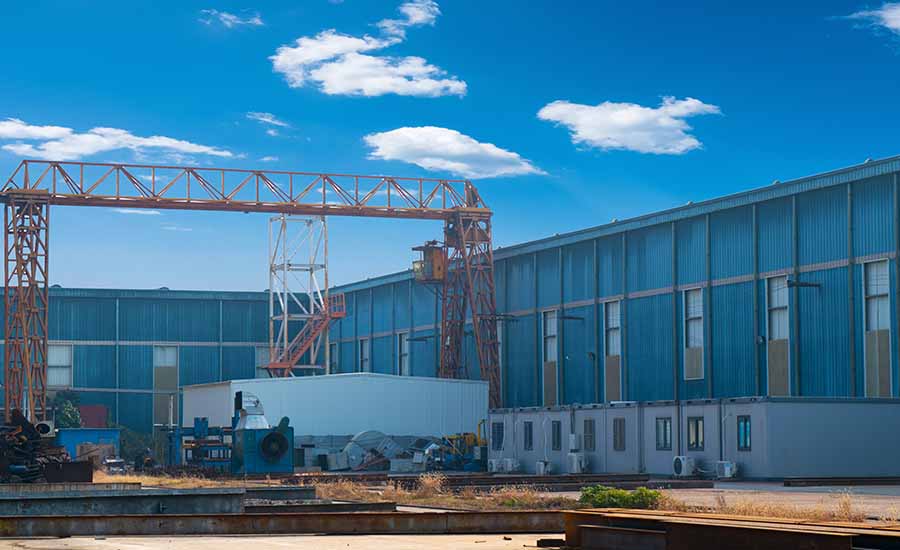
Conclusion: How to Select the Right Panel for Your Cold Storage Facility?
Cam Lock and Slip Joint cold storage panels are not merely alternative substitutes but rather complementary choices, selected based on specific project requirements.
- Small to medium projects prioritising flexibility and cost control — Opt for Cam Lock panels.
- Medium to large projects prioritising long-term stability and energy efficiency — Opt for Slip Joint panels.
When selecting cold storage panels, consider not only price and performance but also comprehensive factors such as long-term operating costs, energy consumption, and maintenance expenses.
Tseason cold storage panels, backed by advanced production equipment, consistent quality, and comprehensive solutions, can meet all your cold storage construction requirements.
👉 If you are planning a cold storage project, contact Tseason for professional advice and an instant quotation.

